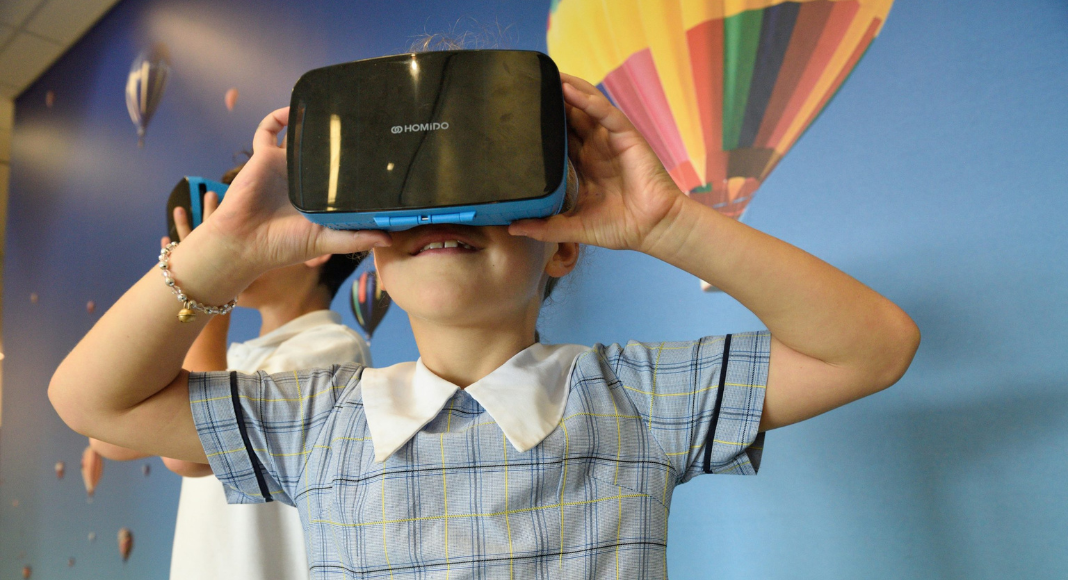Being from the educational field and currently working in the computer engineering field, STEM has always been near and dear to my heart. STEM has been around for quite a while, but more recently it has surged into news articles, government campaigns, education, and the ever-changing job market.
So what is STEM, what are the benefits, and how can you include STEM at home?
What is STEM?
The first question we need to answer is what is STEM? STEM is a common abbreviation for four closely related fields: Science, Technology, Engineering, and Math. These fields encompass a broad range of disciplines that include critical thinking, innovation, and problem-solving.
STEM began in the United States in the mid-20th century as a response to the growing need for professionals in these disciplines. It gained momentum during the Cold War with a specific target around defense and space exploration after the launch of the Russian satellite Sputnik in 1957.
Policymakers and educators soon acknowledged the importance of fostering an education, interest, and proficiency that would help maintain competitiveness with other countries. STEM was originally coined as an education term by the National Science Foundation in the early 2000s. It has evolved into a benchmark for students to prepare for the modern workforce and continue to advance in innovations on a global scale.
 Recently, there has been a push to foster STEM with younger girls to address the gender gap in predominately male fields. By promoting STEM initiatives within the female population early and often, we can begin creating more opportunities for women in these fields through support networks, mentorship, and leadership roles. Helping them feel empowered to pursue their interests in STEM can help break down the stereotype barriers often faced by women. By increasing diversity, equity, and representation in STEM fields we can lead bigger innovation efforts and gains in societal progress.
Recently, there has been a push to foster STEM with younger girls to address the gender gap in predominately male fields. By promoting STEM initiatives within the female population early and often, we can begin creating more opportunities for women in these fields through support networks, mentorship, and leadership roles. Helping them feel empowered to pursue their interests in STEM can help break down the stereotype barriers often faced by women. By increasing diversity, equity, and representation in STEM fields we can lead bigger innovation efforts and gains in societal progress.
Benefits of STEM
As a philosophy, STEM creates a program of learning that encourages cross-disciplinary knowledge as a way to approach and solve problems.
 Early introductions to students fosters these disciplines as attainable, relatable, and even fun, allowing children to appreciate STEM at an earlier age. Older students often begin to focus on a particular STEM field or fields that can help drive them toward their passion or career choice. Below you will find themes that showcase some of the benefits of a STEM education:
Early introductions to students fosters these disciplines as attainable, relatable, and even fun, allowing children to appreciate STEM at an earlier age. Older students often begin to focus on a particular STEM field or fields that can help drive them toward their passion or career choice. Below you will find themes that showcase some of the benefits of a STEM education:
- Critical Thinking: It can promote and encourage critical thinking skills and analytics from an early age.
- Encouraging Curiosity: Allows students to rely on their own curiosity and general knack for exploration, asking questions, and pursuing their love of learning on their own.
- Creativity: Fosters creativity and innovation, allowing students to express themselves and explore new ideas, often with hands-on learning.
- Collaboration & Teamwork: Promoting teamwork and strengthening communication skills allows them to achieve common goals through collaboration.
- Resilience & Adaptability: With problem-solving and experimentation students can learn to adapt and develop resilience when it comes to setbacks, failures, and challenges.
- Real-World Relevance: STEM often connects real-world learning back to the classroom by helping students understand the practical reasoning behind lessons.
- Future Careers: STEM helps students develop a strong foundation for potential careers in science, engineering, technology, and mathematics. Check out this STEM Career Wheel for inspiration on STEM-related careers that are more outside the box than we typically associate with STEM.
At-Home STEM Learning
STEM activities outside of the classroom can be very attainable and easy to administer at home, especially as students become more familiar with the disciplines and expanding on their questions and curiosities.
This list of categories can be used for after-school experiments, a weekend adventure, or looking ahead for summer learning:
 BUILD
BUILD
- Build a bridge and test the stability and load-bearing capacity using LEGO bricks, blocks, or household items like straws, marshmallows, plastic cups, etc. This can explore engineering and architecture concepts.
- Paper airplanes allow children to tweak their designs and hit milestones or goals with flight time, distance, or paper type/material.
- Create an obstacle course using cardboard tubes, paper cups, and boxes with marbles. Test out different configurations to see what makes the marbles go faster and an ideal path to follow.
NATURE
- Encourage nature walks or outdoor exploration to observe plants, insects, animals, and ecosystems. Make sure to ask and allow for questions about the natural world.
- Start a family garden from seeds where you can learn about a plant’s lifecycle. Factor in soil composition and outside factors such as insects, weather/sunlight, type of season, etc. for tracking plant growth.
- Learn about different weather patterns, environments, and regional factors. Read a book about weather, then try to observe it by asking critical thinking questions and cause and effect about weather elements.
- Take a beach walk to explain erosion, tides, and oceanic life.
 ROBOTICS AND CODING
ROBOTICS AND CODING
- Help children learn sequencing, computational thinking, and problem-solving using platforms like Scratch or code.org. These activities allow for basic coding concepts based on age.
- Playing Chess allows players to learn a certain set of rules and patterns, critical thinking, and apply it all to a game.
SCIENCE
- Simple science experiments using household items or simple concepts like light, sound, states of matter, and chemical reactions are a great way to showcase cause and effect and following directions. Make slime, the classic baking soda and vinegar volcanoes, grow crystals, and make ice cream.
- Simple machines like levers, pulleys, and inclines are great introductory concepts to test a hypothesis. These can easily be created using household items like string, cardboard, and existing craft materials allowing them to also be recycled for another use.
MATH
- Scavenger hunts, board games, tangrams, and other math activities can make concepts of addition, subtraction, multiplication, and division both fun and educational.
- STEM challenges such as safely landing an egg with a makeshift parachute or building a boat that supports weight to float in water can encompass several related fields for one common goal.
 Whether you have a child not yet in school, currently in school, or already graduated, STEM can be a valuable skill set, both in and out of the classroom and for adults alike. One can hope we continue to promote curiosity, foster our thirst for knowledge and understanding as humans, and the pursuit of always wanting to learn.
Whether you have a child not yet in school, currently in school, or already graduated, STEM can be a valuable skill set, both in and out of the classroom and for adults alike. One can hope we continue to promote curiosity, foster our thirst for knowledge and understanding as humans, and the pursuit of always wanting to learn.













